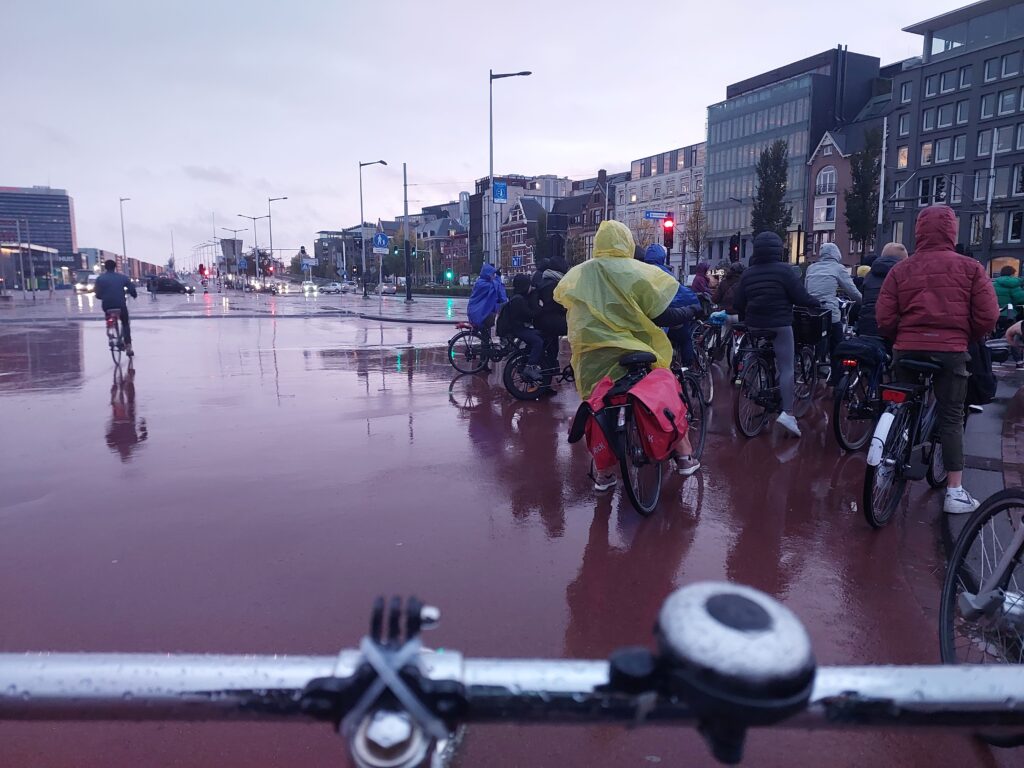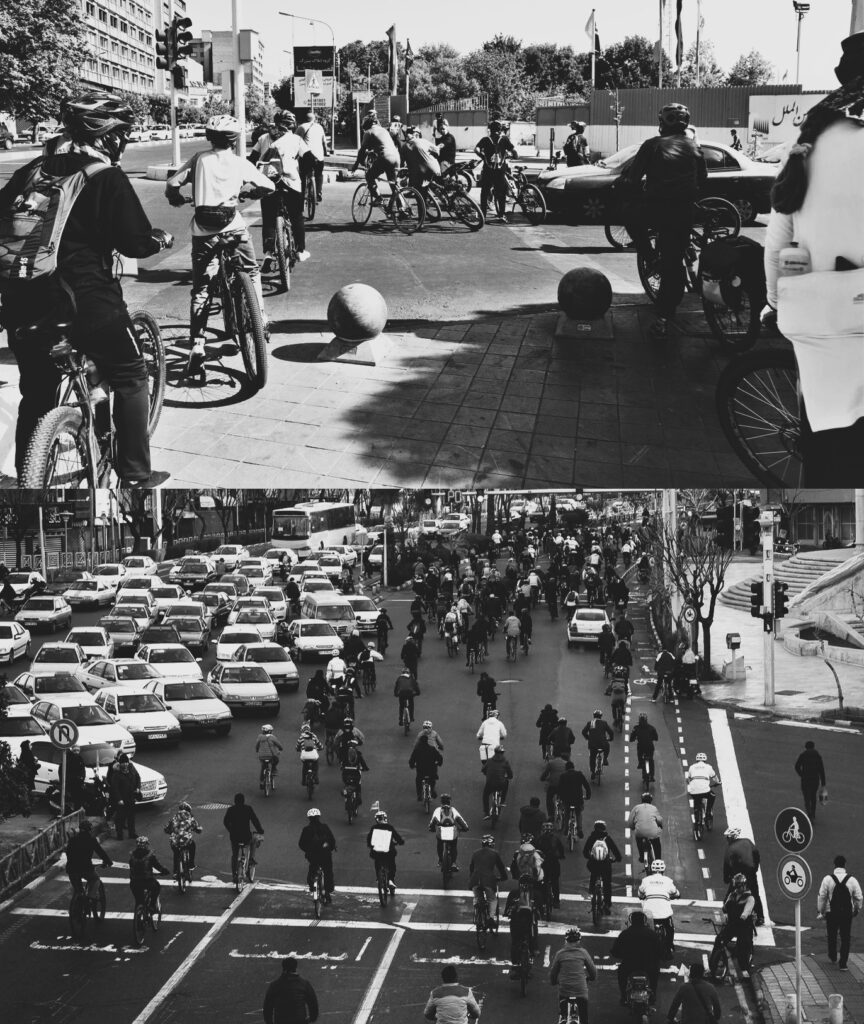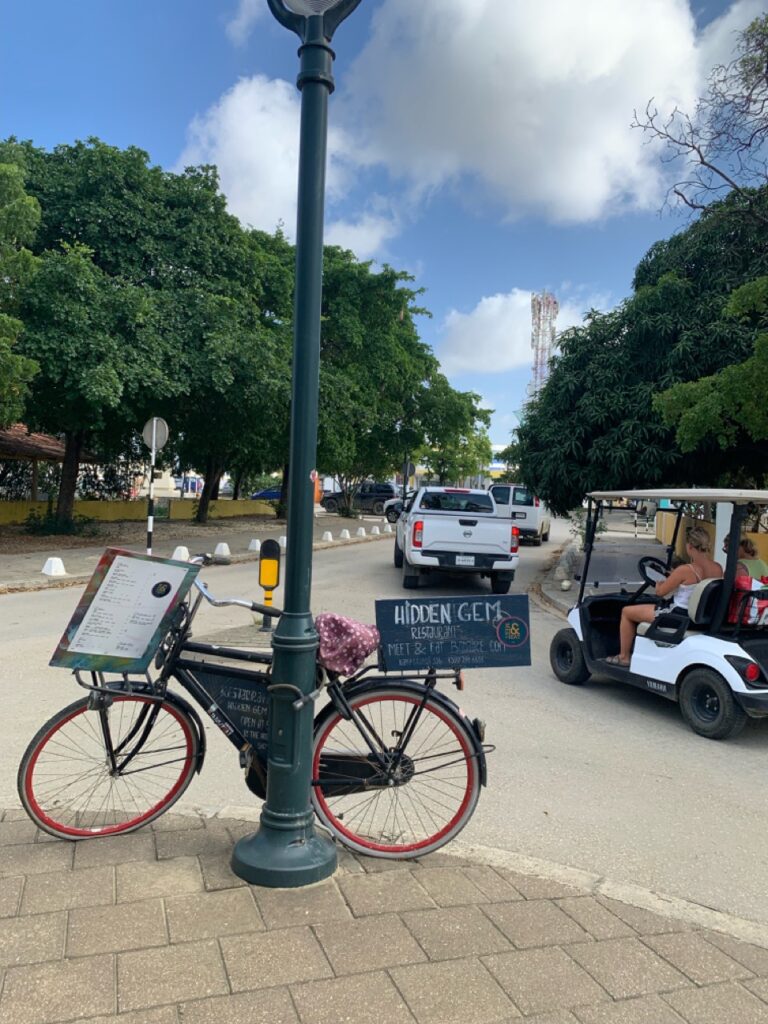My name is Mohammad Nazarpoor and I’m a cycling researcher and advocate interested in exploring the cultural, social, and political dimensions of cycling experience through an anthropological lens. In this interview series, I’ll be talking to leading scholars in the field about their experiences with ethnographic methods in cycling research. The goal is to gain a deeper understanding of how these approaches can help us better understand the complex dynamics of urban cycling.
In this post, Trey Hahn, Urban Planner and Founder at Bicycle User Experience (BUX), explain his perspectives on user-based methods in cycling research. The Bicycle User Experience (BUX) approach brings human-centered design methods to bicycle planning. The interdisciplinary, user-centered approach aims for usable, comfortable and practical bike infrastructure that is integrated into the specific context of the community.
How would you characterize the existing cycling research methodology?
I would characterize it as rich and with variation. I think there is a lot to look at for qualitative and quantitative methodologies. Speaking from the social science perspective, I comment on the qualitative. The depth of the methodologies in social science cycling research has struck me as particularly rich. I myself am someone who learned design methods first before stepping into academic methodologies. I have to say now that I like both. From my own purely anecdotal observation, academic cycling research methodology appears to continue to widen in the methods it uses to explore new and existing questions.
Please explain the epistemological perspective and methodological considerations of the BUX methods.
The scope of the BUX methods is to draw insights on everyday people’s experiences and apply these in specific street design or planning cases. The methods follow in the footsteps of “Design Thinking”, which is a sort of people-centred problem-solving process with 5 stages: Empathise, Define, Ideate, Prototype, and Test. The methods have commonalities with social science research methods, but are applied– meaning, they are practically oriented to use in specific cases, and to spark insights to take action in these cases. Many of these methods are used in fields such as User Experience Design, Usability, and others.
Each individual method is suited for particular parts of the design process. The process of planning and designing a street or corridor can vary by context (how exactly, is on my wish list for future research). BUX currently uses the phases of “Visioning & Ideation”, “Design”, “Evaluation”, “Iteration”, and “Communication” to categorize what a method is intended for.
How do you bridge the gap between research and planning? How important is it for planners to know how everyday people feel while riding?
Cycling is an embodied practice. It is both a personal and shared human experience. Researchers go quite deeply into this. While urban planners are not expected to do this in-depth in their own practice, a hypothesis baked into the BUX project is that by making planners (at least an own type of informal) researchers, they can connect to the personal and experiential aspects of cycling. So instead of “bridging” the gap, we bring the research and planning practice closer together and narrow the gap.
Regarding the first question: I feel this is difficult to quantify and dependent on priorities of the planner or planning organization. I pipe in with this: everyday people’s feelings may not be at the forefront of the planner’s mind. I think this is understandable. I posit that there is a cognitive-experiential aspect to planning a cycling city or a human-scaled city. In other words: through experiencing, we build a fuller cognitive understanding of what we are planning for. Through methods in the BUX toolkit, urban planners can connect to the experiences of everyday people in their cities, and thus build cognition on who/what they are designing streets for. From another angle, I bring up the example of politicians and professionals who travel to The Netherlands for study visits. The participants all have their own embodied experience of riding a bicycle in a cycling city. They become “everyday people” during this time and build new cognition on cycling experience.
As a metaphor for this, think of a near-sighted person (like myself) putting on glasses. Life will go on for the urban planner that doesn’t yet know what everyday people feel while riding a bicycle, but once they put the glasses on, they will see things with a new level of depth. And – I hypothesize – planning and design decisions for cycling will become much more self-evident.
What basic characteristics should the methods have to capture cycling experiences?
My honest answer is that I don’t want to give an opinion on specifics for this. However, I do feel comfortable saying that intention matters! If your goal is to capture or build an understanding of cycling experience, be open. It will be self-evident if the methods are collecting data on human experiences. Oh, oops! I answered the question on accident: the methods should prod a question of personal, human nature.
What is the relation between people-centred design methods and ethnographic methods?
I like both design methods and ethnographic methods. My understanding is that it depends on your purpose, which one you will use. I like the following description of design methods: “Design methods are procedures, techniques, aids, or tools for designing” (Wikipedia). Ethnographic methods relate “to the systematic study and description of peoples, societies, and cultures” (Oxford English Dictionary). So: if you have a practical situation and are looking for an applied solution, I would point you to the former. If you are looking to answer a deep conceptual question, I would point you to the latter.
I could posit that the central part of an average urban planner’s job is not to answer deep conceptual questions and is instead oriented towards a practical case. Versus academic researchers, who do have that as a central part of their job. To note, there can sometimes be overlap in the methods used in both cases. For example, the Directed Storytelling method has roots in the social science method of Narrative Inquiry (Martin & Hanington, 2012). But there may be differences in the details of how you perform the method and what/how you analyse.
For reading other interviews in this series, take a look at:
An Ethnographic Eye on Cycling Research: Q&A with Léa Ravensbergen
To learn more about Methods for people-centred design in cycling:
Methods for people-centred design in cycling



